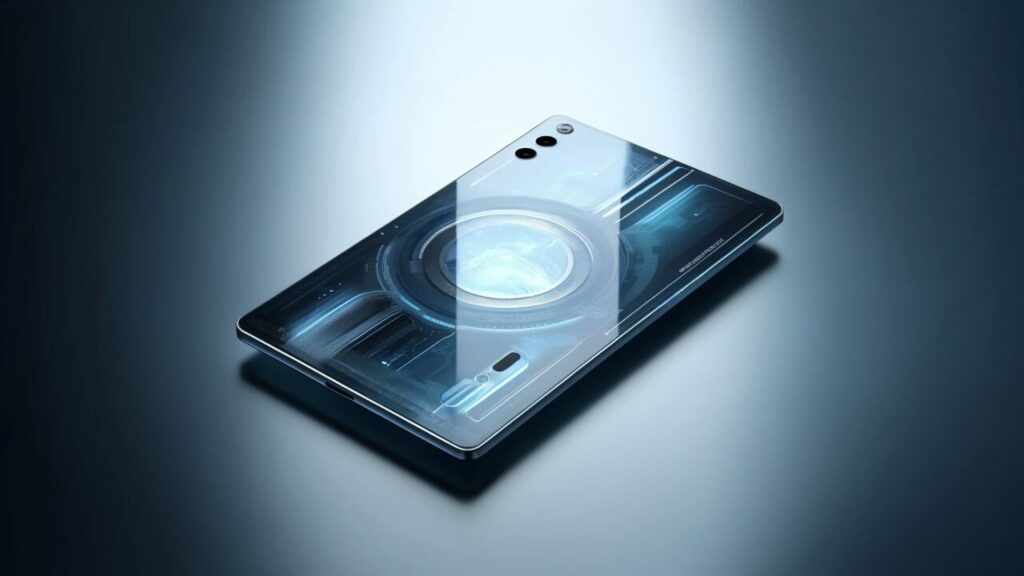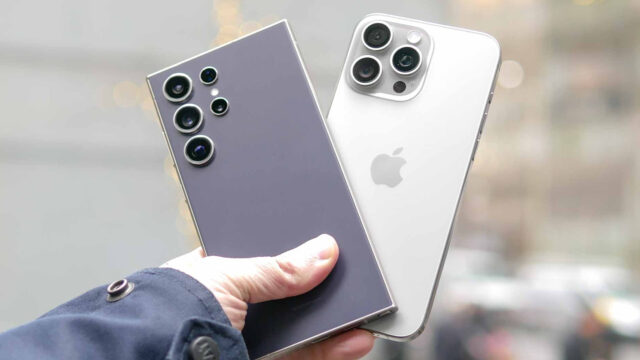Smartphones have become an integral part of our lives today, and technology is constantly aiming to make these devices smaller, faster, and more efficient. While it may seem unrealistic right now, a recent discovery appears to be moving the trend of shrinking smartphones to the size of a credit card. But how is this possible?
Smartphones the size of a credit card could be produced with the power of phonons
So what are phonons? Phonons are particles that carry high-frequency vibrations in matter. Research by the Wyant College of Optical Sciences at the University of Arizona and Sandia National Laboratories shows that smartphones could shrink to the size of a credit card. The heart of this new technology is the ability to manipulate phonons.

This discovery could significantly reduce the size of devices and increase energy efficiency by controlling phonons. Controlling phonons in this way allows for manipulations that were previously only possible with lasers on light, to be performed on sound waves as well.
Newly developed synthetic materials could replace the filters currently used in smartphones, which take up a lot of space inside the device. These filters convert radio waves to sound waves and vice versa in your phone but also increase the size of the device. The developed “giant phononic non-linears” will allow for much more precise control of sound waves, potentially replacing these large parts inside the phone. As a result, we may see smartphones the size of a credit card.

This technology will not only make smartphones as thin and light as a credit card but also allow them to be used for longer periods with less energy consumption. This technology could transform not only mobile devices but also other technologies such as medical sensors and ultra-efficient wireless networks. For example, smaller and more precise medical sensors could make healthcare services more accessible and effective.
Additionally, ultra-efficient wireless networks prepared with these new materials could enable self-managing vehicles to communicate more safely and effectively. This revolution with phononic materials has excited the tech world about how it can shrink smartphones and many other technologies.
Small sizes and high performance could be a new norm in the electronic devices of the future. What do you think? Feel free to share your thoughts in the comments section below.














